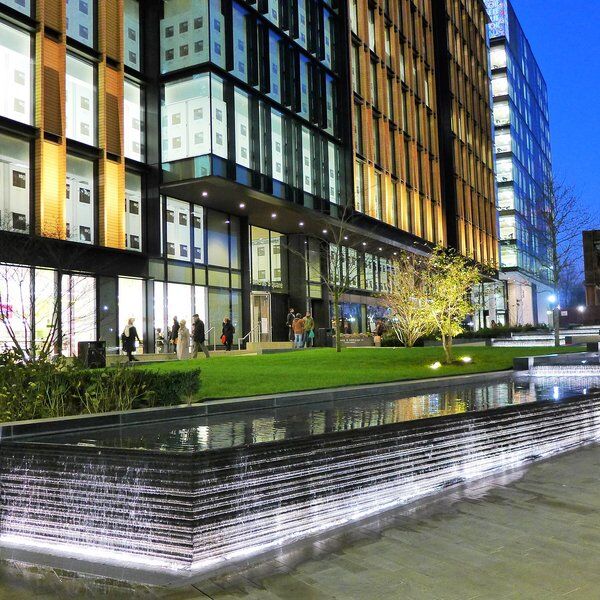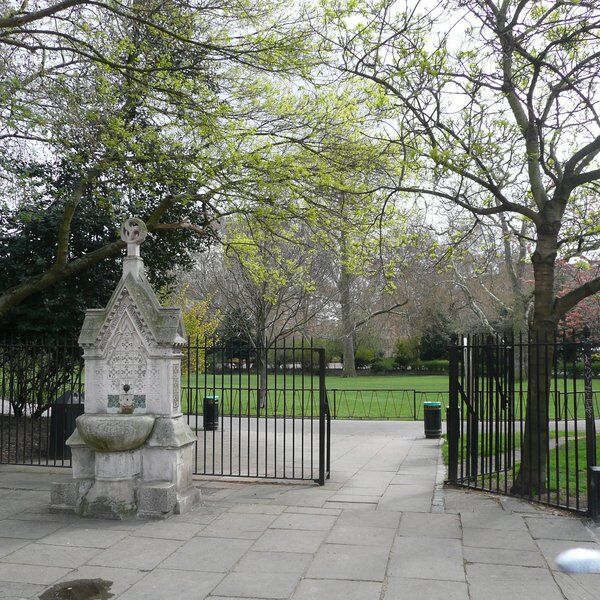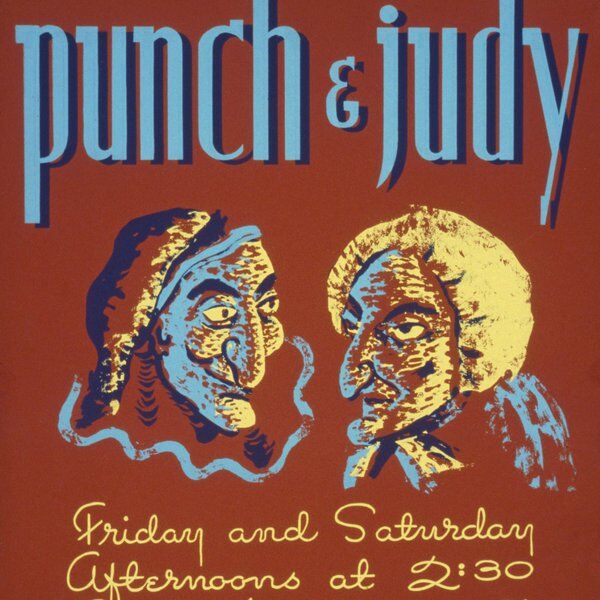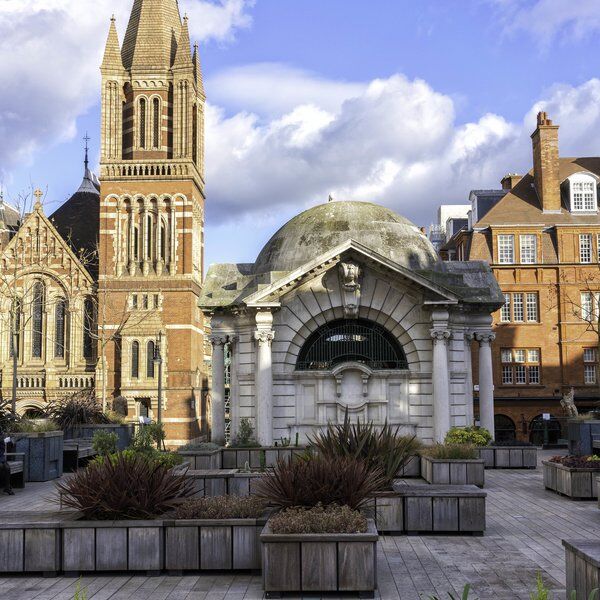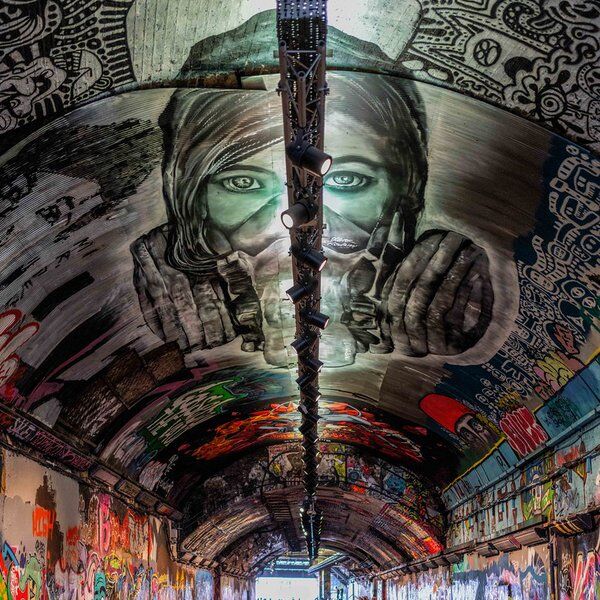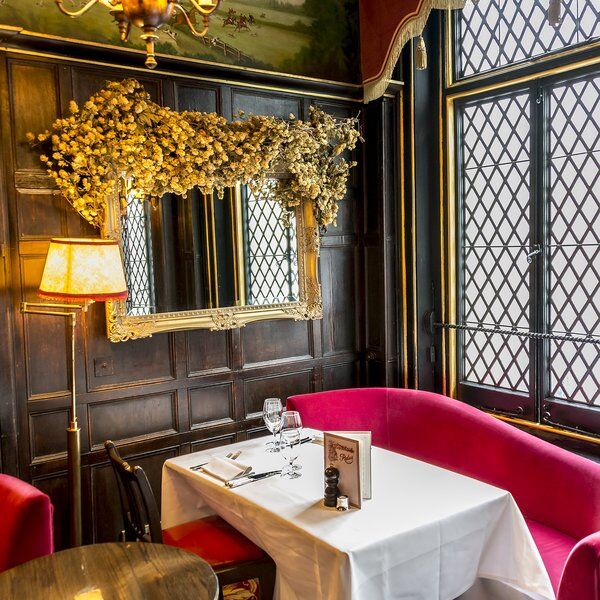
The Viking Origins of Gunnersbury Park
Frequent wars between England's Anglo-Saxons and various Viking invaders raged for several centuries from around 790AD. In 878, a trio of Viking leaders, Guthrum, Oscetel and Anwend, almost conquered the country only for Saxon King Alfred the Great to re-emerge from a swamp at the head of a resurgent force that would ultimately see England unified for the first time, in 927, under Alfred's successor Aethelstan.
This was followed by a period of relative stability. Viking raids remained frequent but did not again threaten to overthrow the country until 1012, during the reign of the cruelly named Aethelred the Unready.
The troubles began with the Viking capture of the Archbishop of Canterbury. They demanded a huge ransom for his return, which Aethelred paid only to see the Archbishop captured a second time and killed shortly after.
From here things only got worse. Aethelred was deposed by the Viking forces in 1013-14 and, in 1016, Prince Cnut of Denmark took the English throne. For the next 26 years England was under Viking rule.
And this is where Gunnersbury Park comes in. One of Cnut's nieces, Gunylda, took up residence on a plot of land to the west of London. She lived there until 1044, when she was banished following the return of a Saxon king, and the area was named in her honour: Gunnersbury.
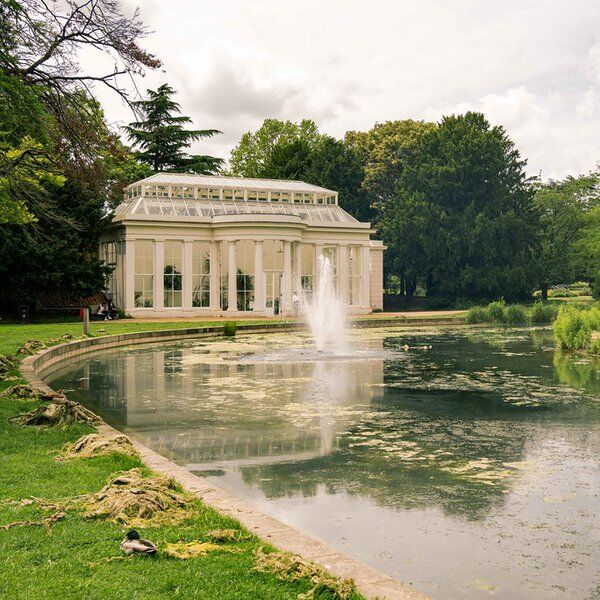
Gunnersbury Park Through The Centuries
Following the departure of the Viking princess, the future Gunnersbury Park was for many years the property of the Bishop of London. It was then acquired by lawyer and politician Sir John Maynard in the mid-17th century.
Maynard had a house built on the land in 1663, a Palladian mansion in the style of Italy's Villa Badoer. This remained for over a century, a 1777 map of the park featuring it in its north-east corner, opposite a horseshoe-shaped lake.
In 1739, MP and merchant Henry Furnese bought the land off of Maynard's great grandson and, among other things, had the garden landscaped. Upon Furnese's death it was bought by Princess Amelia, daughter of George II.
Amelia used it for summer retreats into the country and under her ownership it became notorious for parties and political intrigue. She also had a bathhouse added to the property, a structure she is rumoured to have filled with dairy cows that she used to milk whilst roleplaying as a servant.
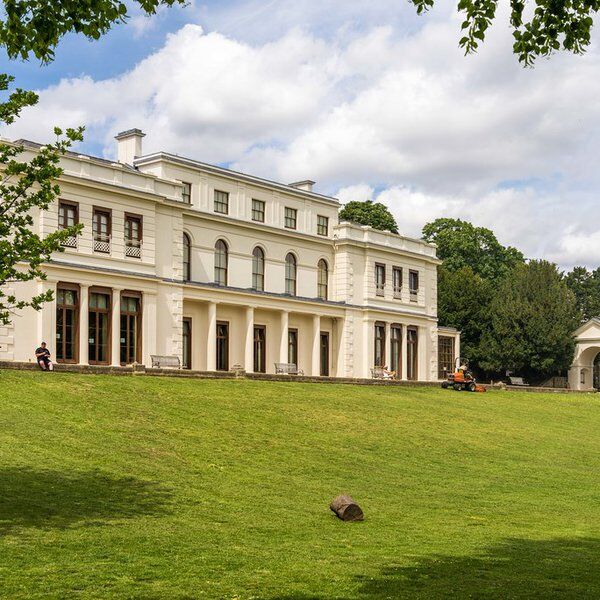
Gunnersbury Park's Famous Buildings Are Made
After Amelia died in 1786 the mansion was demolished and the land was divided into thirteen lots and sold off piecemeal. All thirteen lots however were bought by only two people and, as such, two large estates were formed. On one plot the 'large mansion' was built and on the other the 'small mansion'. These today form the house and museum.
In 1835, Nathan Mayer Rothschild bought the Large Mansion and, in 1889, his family also acquired the Small Mansion. Under the Rothschild's the land was expanded and several new features added. An old clay pit to the south-west was landscaped and turned into what is now Potomac Lake. The pit's kiln was made into a boat house designed to look like a gothic folly. An orangerie was also built.

Gunnersbury Park Remains A Park (Controversially)
Come the early 20th century however and the Rothschild's were looking to sell the land. It would have gone to Brentford Council, being entirely within Brentford's bounds, but the Rothschild's were concerned it would then be turned into housing. It was bought jointly by Ealing and Acton Council instead, under the stipulation that it would be used only for leisure and recreation.
Many local renters were not happy about this. Housing was in high demand and there were plenty of other parks in the local area. It was unfair that they should be denied houses of their own so their more well-to-do neighbours could have more green space.
The Rothschild's condition of sale was final however. Even though housing would have benefitted more people the park remained a park. The large mansion was converted into an exhibition space for local history, archeology, costume and fine art, Gunnersbury Park Museum, and the small mansion became Gunnersbury House.
In 1965 the park passed into the possession of the Borough of Hounslow and, between 2014 and 2018, it underwent a £50m restoration, funded by the Lottery Heritage Fund.
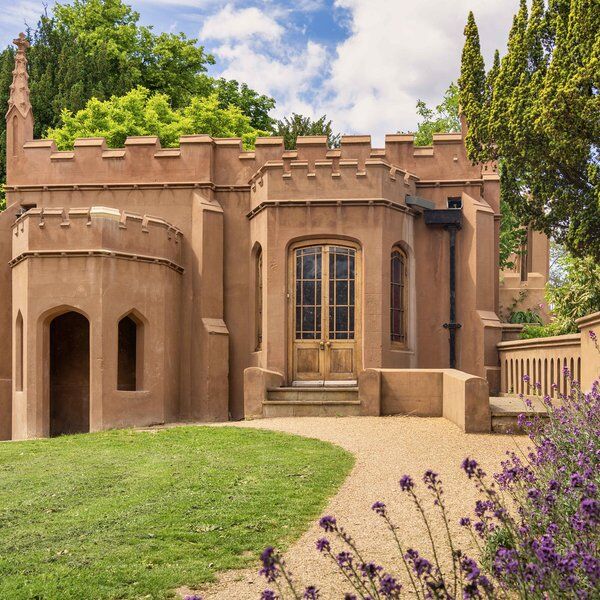
Visiting Gunnersbury Park
The park can be reached via the Picadilly and District underground lines, getting off at either Acton Town or South Ealing station; via South Western Railway, getting off at Kew Bridge Train Station; or the E3, H91 and 65 bus services.
There is a car park on Popes Lane and disabled parking next to the museum. The museum and park are wheelchair-friendly.
The park and museum are free to enter and there are several cafes on site where you can buy food and drink.
Gunnersbury Park Opening Hours:
Park: 7am - Dusk (daily)
Museum: 10am-4.30pm (Tue-Sun)
CLOSED MONDAYS
Interested in finding more places like this? Try one of our Treasure Hunts in London - untangle cryptic clues as a team, as you are taken on a journey to the most unique, unusual and bizarre corners of London.





